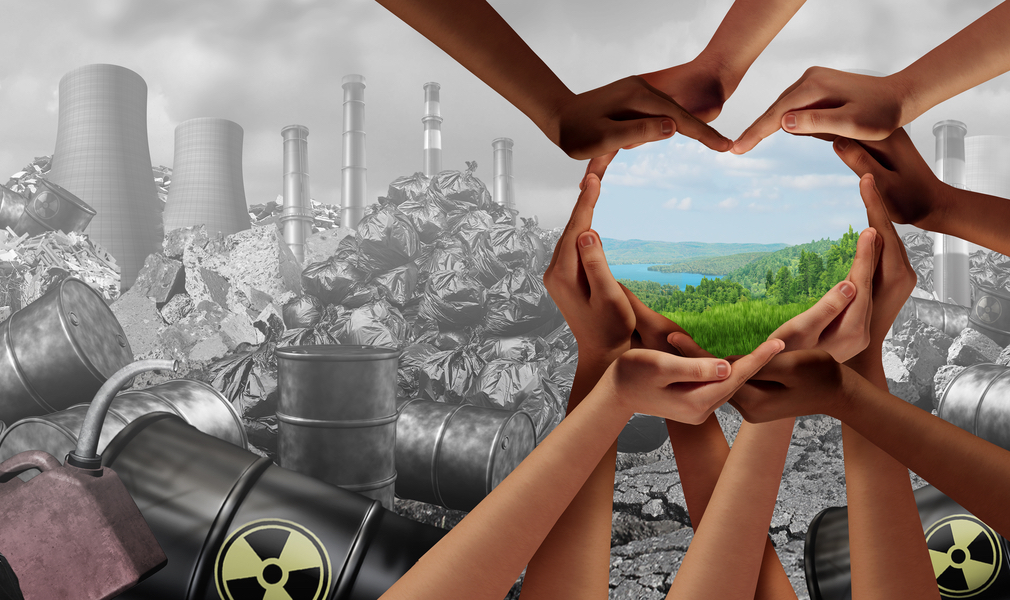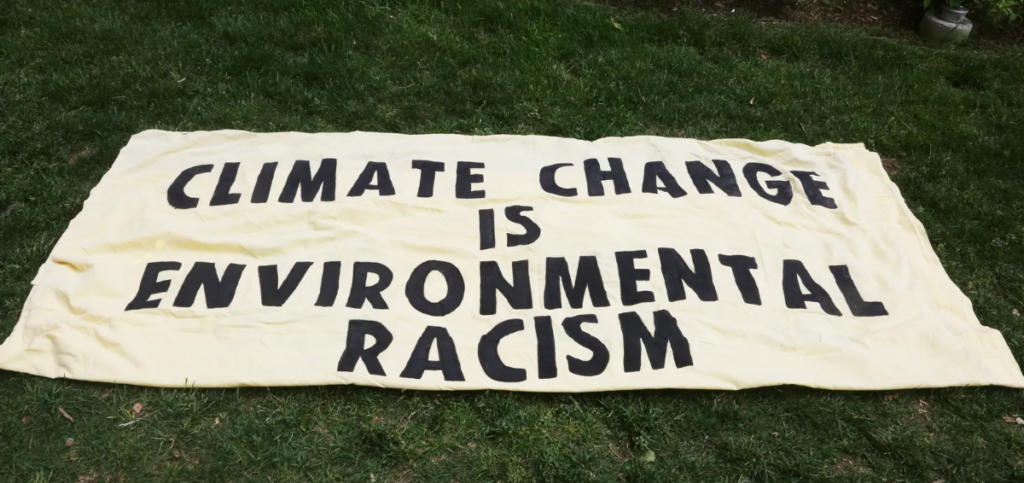Sri Lankan customs officials recently returned yet another consignment of illegally dumped garbage from the United Kingdom. According to Sri Lankan authorities, between 2017 and 2019, 3000 tonnes of waste, packed in 263 containers, were shipped from the UK to Sri Lanka. The waste, after being labeled as ‘Used mattresses, carpets, rugs‘, was illegally parked on Sri Lankan coasts. The investigation by Sri Lankan authorities also revealed that the importer of waste routed 180 tonnes of the garbage dumped in 2017, and 2018 to India and Dubai.
This is not the first instance where a developed nation has dumped its waste into a developing country. In 2020, Sri Lanka returned 21 containers loaded with medical waste. Taking cognizance of the issue, the then recycling minister Rebecca Pow, assured of two years of rigorous imprisonment to the culprits. Ruth Jones, former parliamentarian, in an interview with letsrecycle.com, said “We need to take ownership of our waste and not ship it off to poorer countries which are less able to recycle or dispose of it off safely.” Jones added that the whole culture of production and consumption needs to be transformed to make people more accommodative of the use of recycled products.
South Asian and African countries have been frequently questioning the tendency of illegal ‘waste dumping’ by European and other developing nations. In 2020, Malaysia too returned 150 containers of waste dumped by developing nations. In 2019, the Philippines also returned an illegally imported waste consignment to Canada. For years, China was a cherished destination for such dumping. But after a blanket ban on waste dumping imposed by China in 2018, the developing world routed the waste to other south Asian countries.
Environmental experts have flagged such dumping as a violation of the Basel Convention. Basel Convention, operational since 1992, is an international treaty to tackle cross-border dumping of hazardous waste and its management. At present more than 199 countries and institutions are parties to the convention.

The Sustainable Development Goal 3
This export of waste to developing countries in the developing world is a manifestation of Environmental racism. Such trends of dumping are impediments to the realization of the objectives of Sustainable Development Goals (SDGs). SDG 3, as defined by the UN, seeks to ensure health and well-being for people of all age groups in developing and underdeveloped world. Under this goal, the UN has set targets to control serious illness and fatalities owing to hazardous chemicals and air, water, and soil pollution. But environmental racism poses a big challenge in meeting such targets.
According to a report published by World Economic Forum, 80% of E-waste generated globally is exported to Asian countries. Another research authored by Venketesh Murthy and Ramakrishna K astonishingly confirms that in 2/3rd part of the world, of the total generated E-waste, only 20% is recycled via legal means.
What is environmental racism?
The South Durban Industrial Basin (SDB) is a fit case to explore environmental racism. South Durban Industrial Basin, a part of the South African Port city – Durban is a hotspot for chemical and petrochemical industries. The black community has been forcibly settled in areas near the polluting industries in SDB. Due to the contaminated soil, air, and water the black community lives at risk of poor health and fatal diseases.
In 1982, African-American civil rights leader Dr. Benjamin Chavis defined environmental racism in the context of environmental policy formulation and biased enforcement of environmental laws and regulations. According to him deliberately settling black communities around polluted areas wherein they are exposed to risks of unhygienic surroundings and contamination, is a form of environmental racism.
Helen Miller further augmented the vision of the concept of environmental racism. She termed it as systemic racism born out of evil harmony between industrial policy and traditions which differentiate between low-income groups and the black community. These people are forcibly settled in highly polluted areas or the waste is dumped in proximity to their habitations. This not just poses an existential threat to the communities but also to the biodiversity and natural order prevalent in the area.
According to a Telegraphs report authored by Legal experts Abhinav Narayan and Paarth Raman, even in the USA, a majority of people living around polluted areas belong to the low-income group.

The risk of dwelling around dumping areas
Shrikant Singh and his associates from the Department of Mathematical Demography & Statistics, International Institute for Population Sciences, researched open dumping sites and health risks to proximate communities. According to this study, the probability of being vulnerable to diseases was relatively higher in communities living in proximity to dumping areas.
Based on data collected over six months, Shrikant and others conclude that exposure to dumping sites leads to a higher prevalence of respiratory illness (12%), eye irritation (8%), and stomach problems (7%). The risk has already triggered responses from the developing world. Countries like India, Vietnam, the Philippines, etc. are working out stringent legislative measures to tackle environmental racism. Malaysia’s former Environment minister Yeo Bee Yin’s statement is an expression of a stance of the global south against environmental racism –“Malaysia won’t be the dumping ground for the world. We will fight. Even though we are a small nation, we will not be bullied by developed countries.”
Story author: Shijju Shakoor
Story Translated by NK Jha
Translation reviewed by Vibhuti Landge

